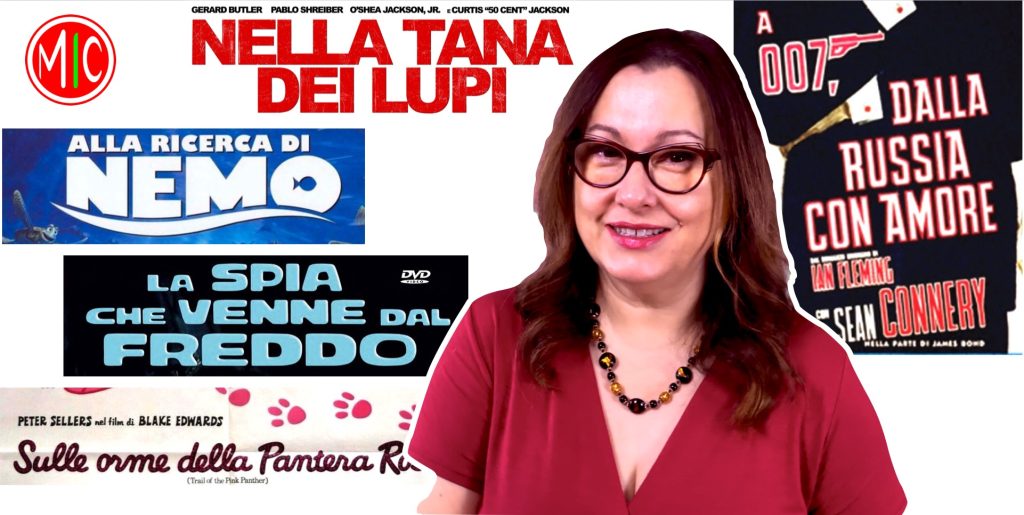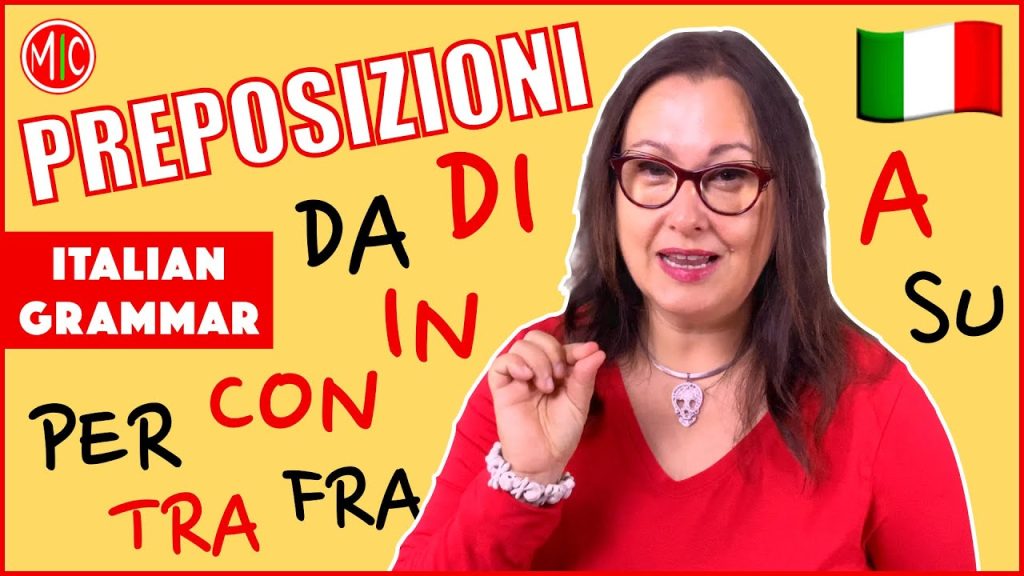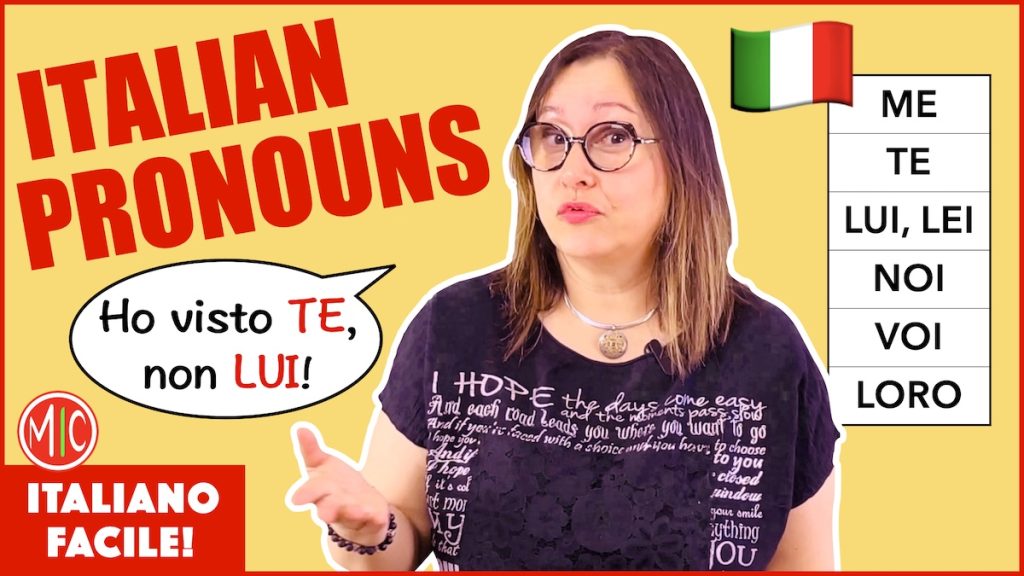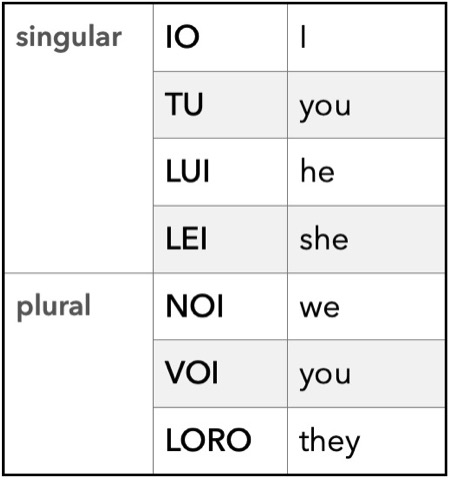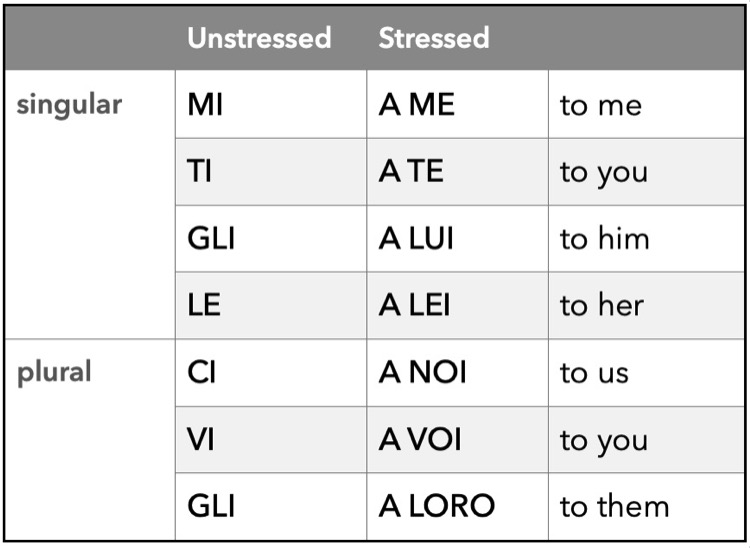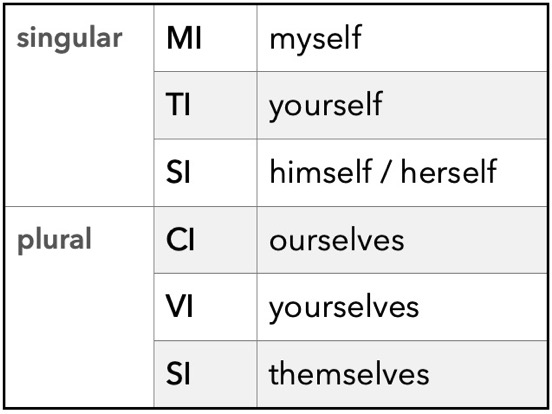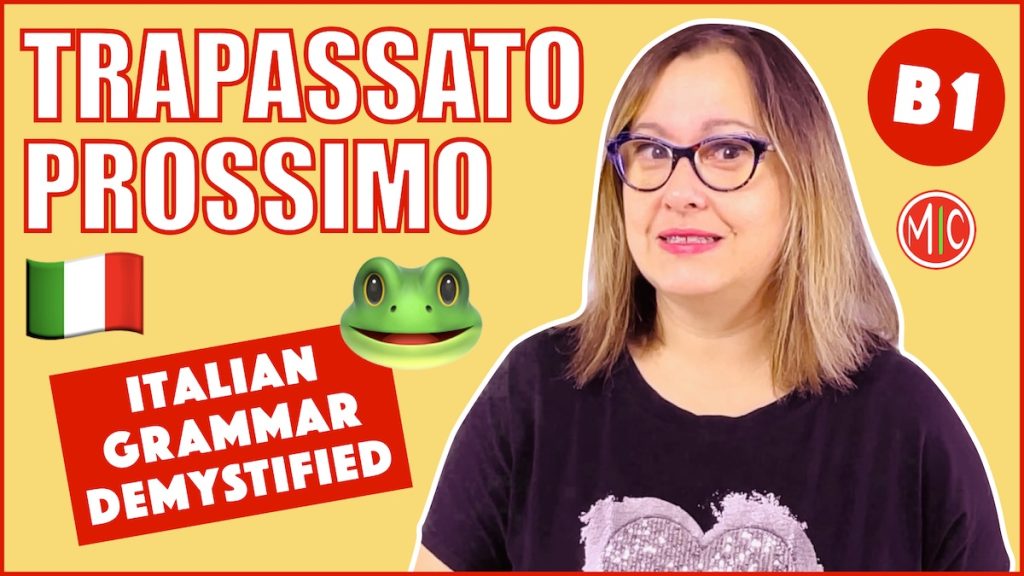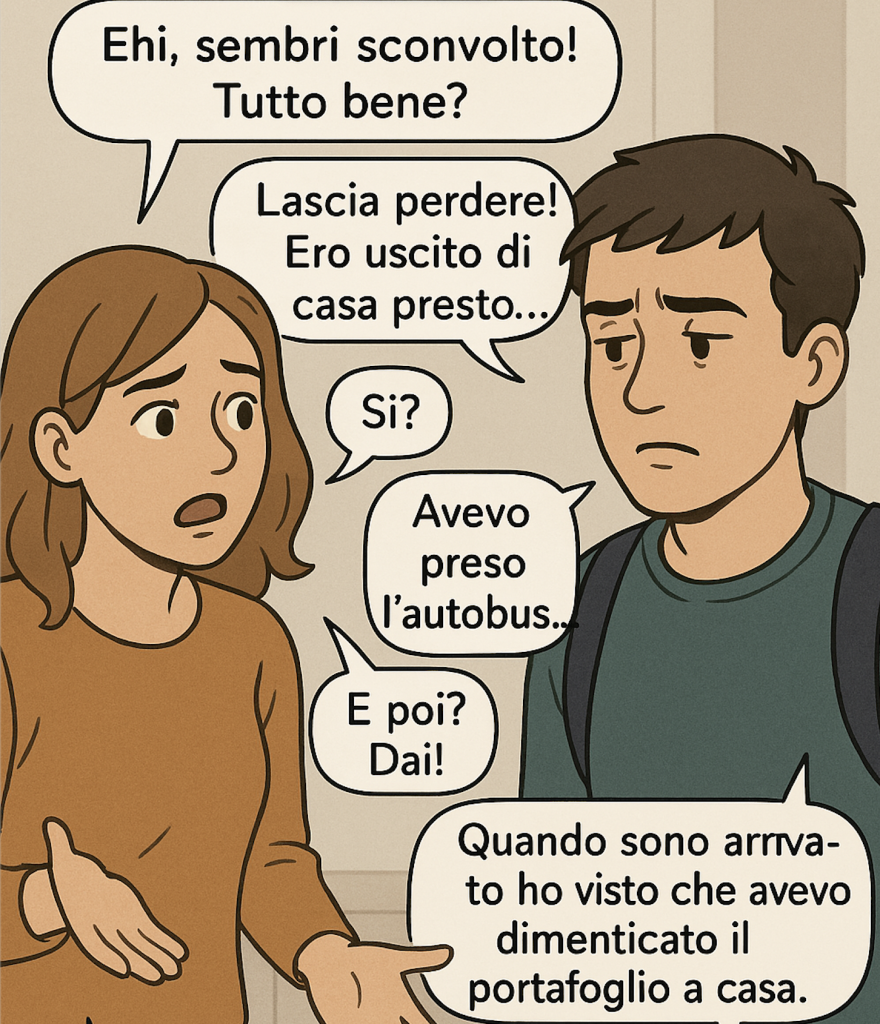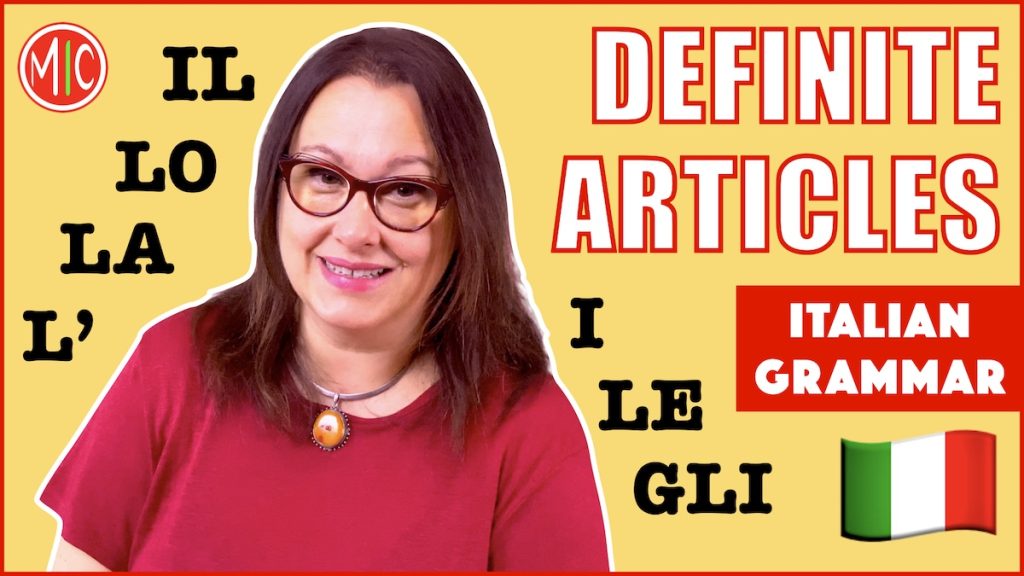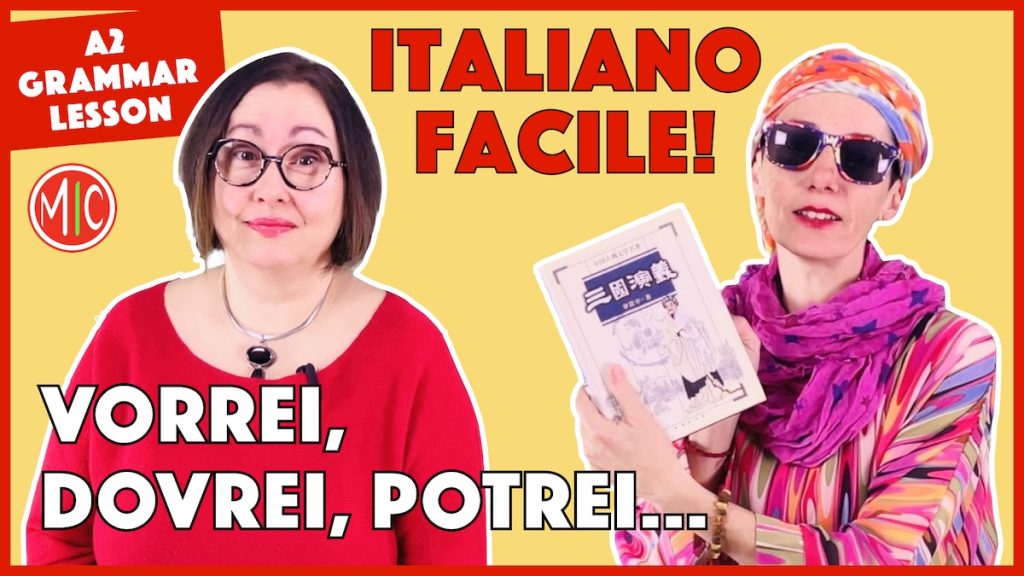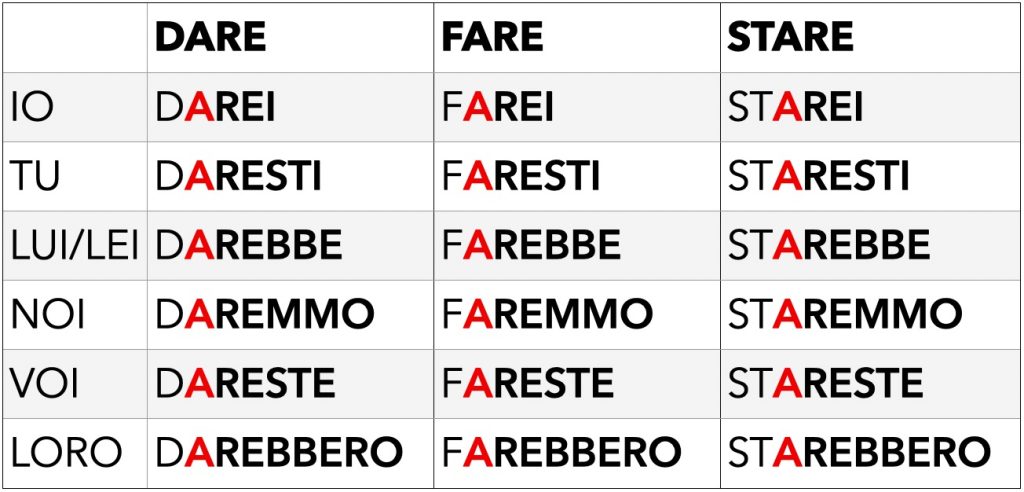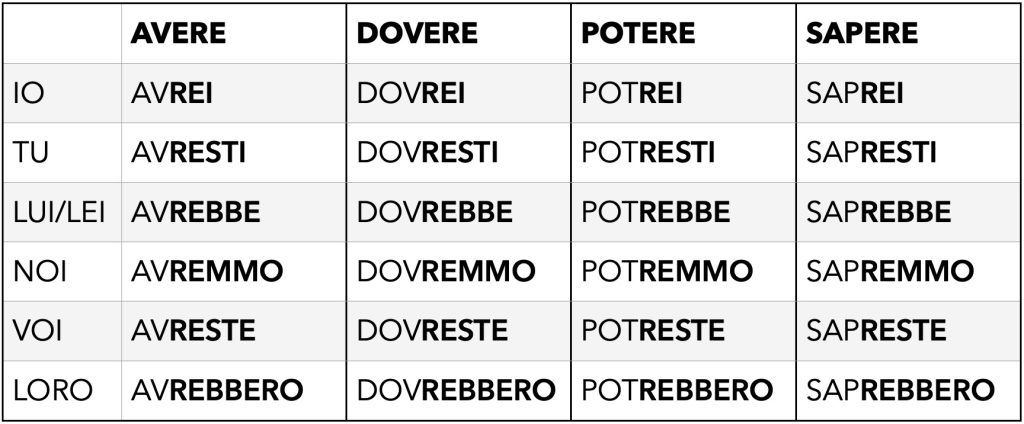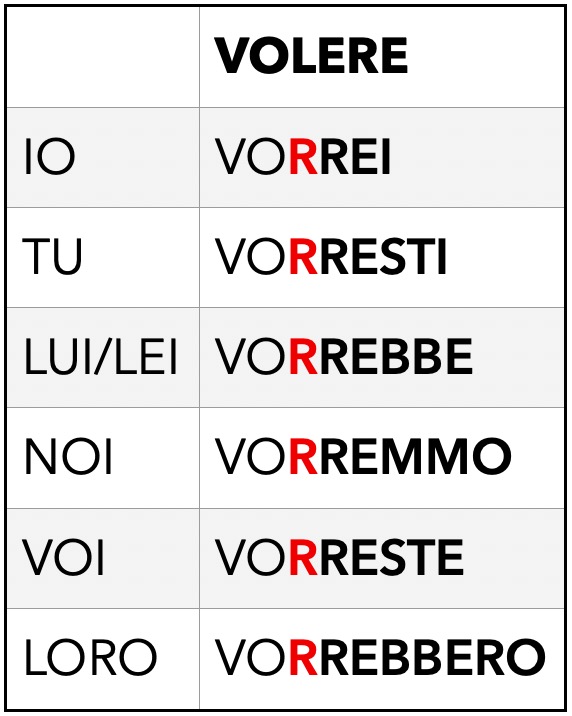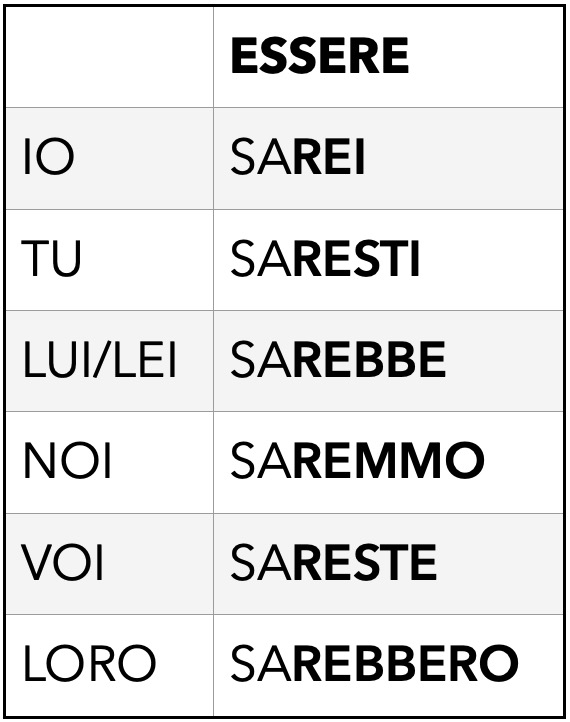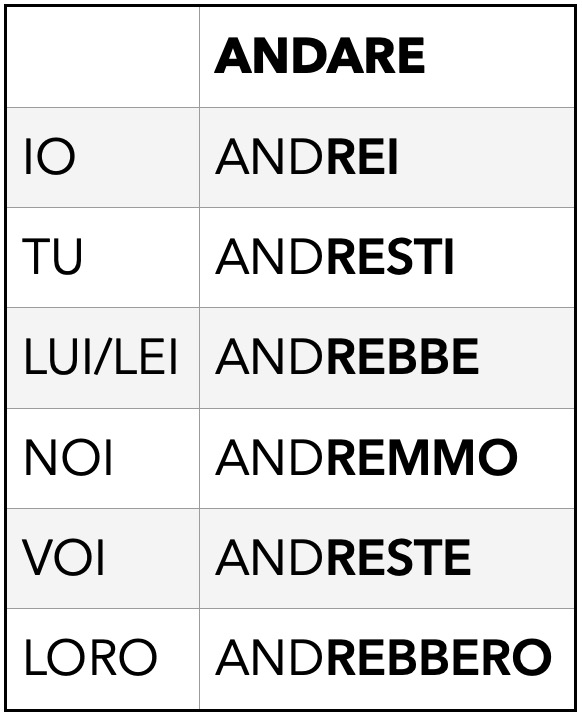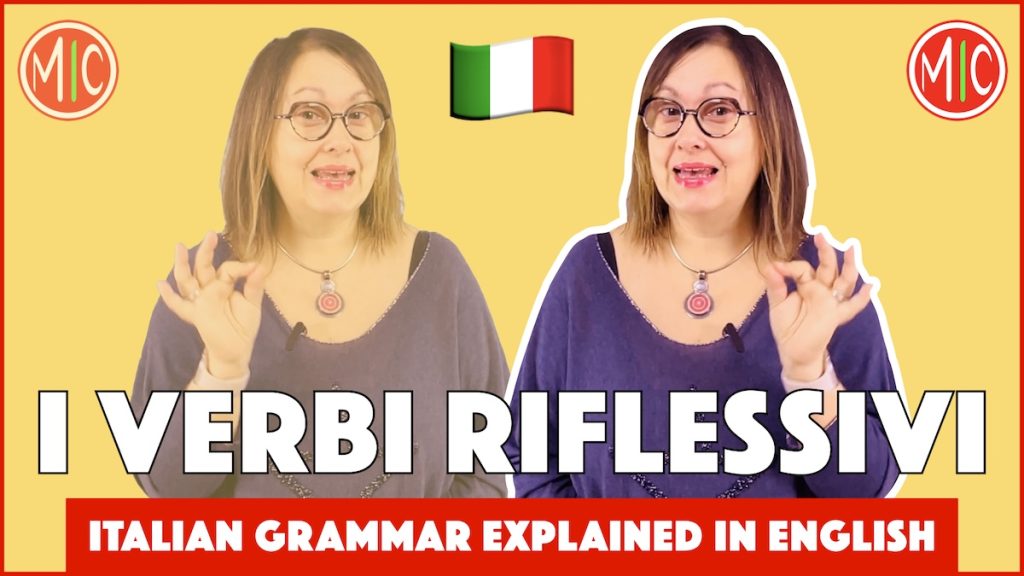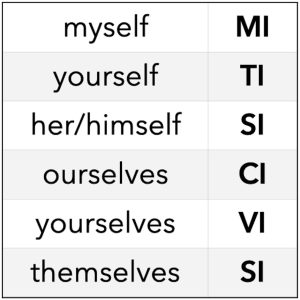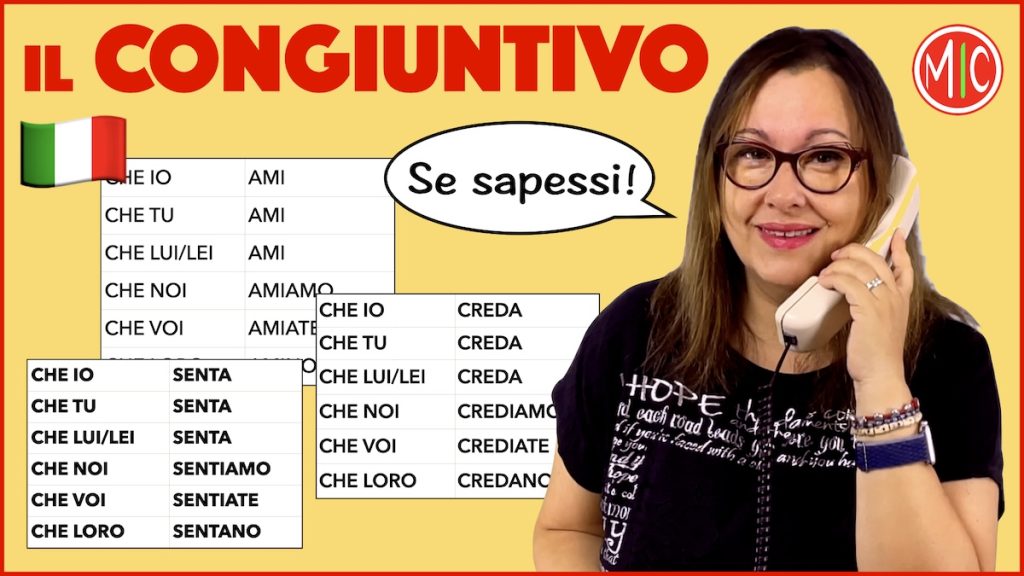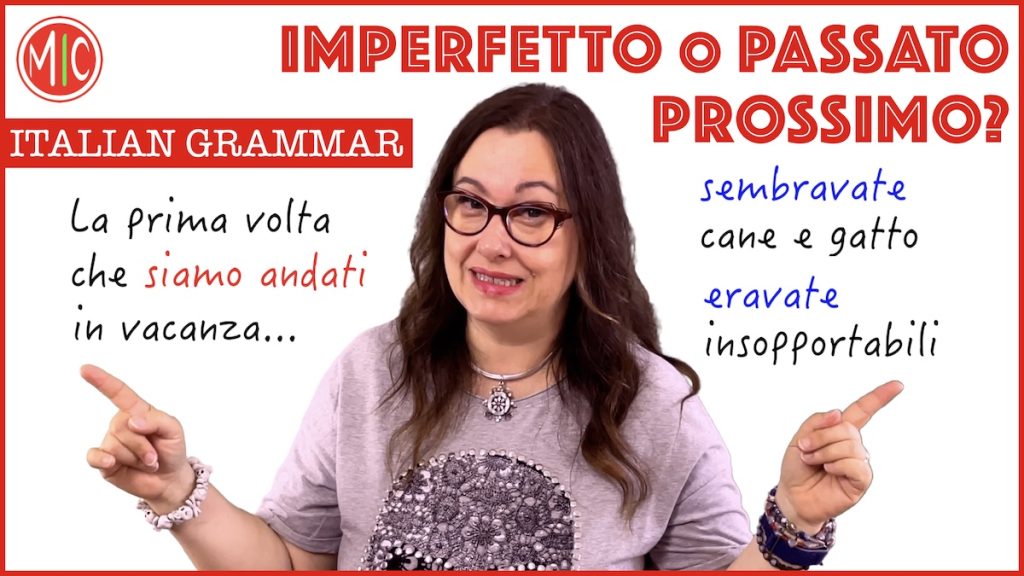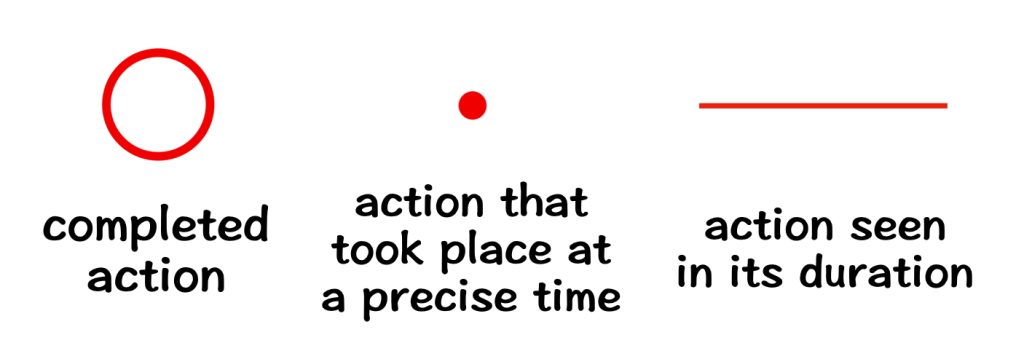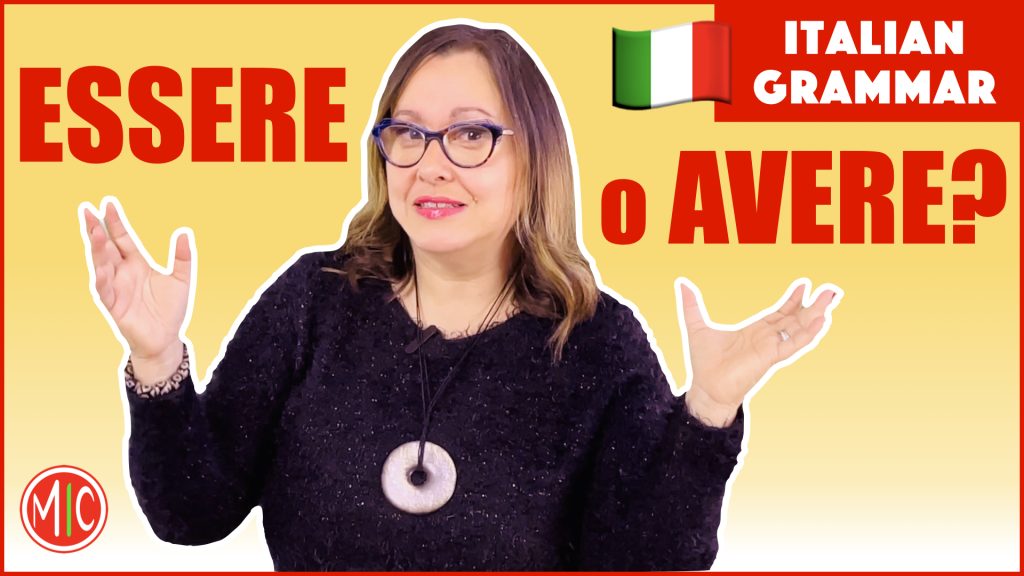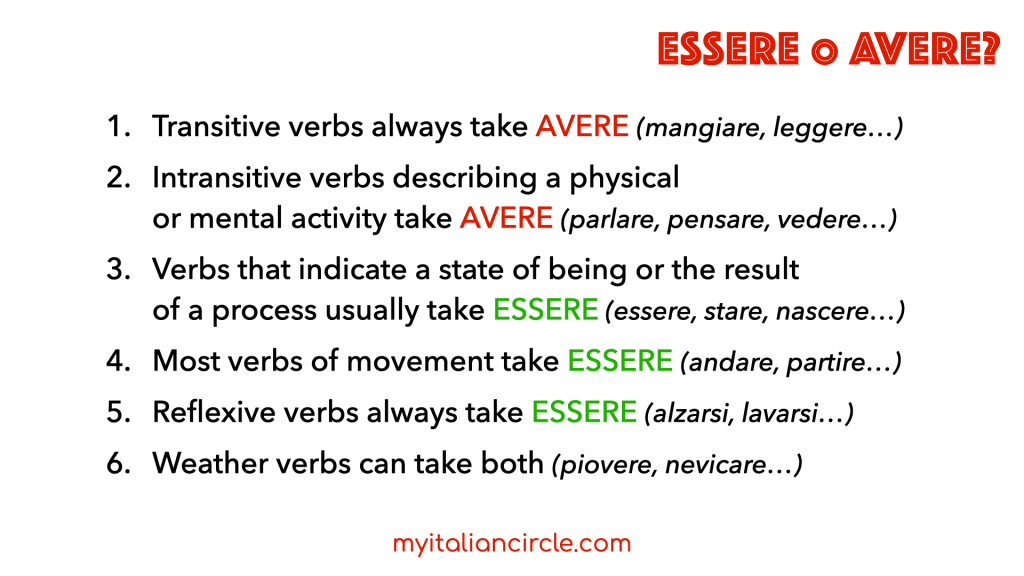Le preposizioni articolate: Understand Prepositional Contractions in Italian
Bentornata grammatica! We learned in our simple guide to Italian prepositions that Italian has nine main prepositions: DI, A, DA, IN, CON, SU, PER, TRA, FRA. However, you may have noticed that these same prepositions often look and sound different in everyday Italian: they are combined with definite articles to form prepositional contractions – le preposizioni articolate. We use definite articles a lot in Italian, so you will encounter prepositional contractions all the time, even in very simple sentences.
Prepositional contractions are everywhere
Have a look at the titles in the posters below:

Dal, nel, del, nella, dei, alla are all prepositional contractions – the combination of a preposition and a definite article. In Italian, the article changes depending on the gender, number, and sound of the word that follows, and so do prepositional contractions. If you are unsure about articles in Italian, you may want to review this post on definite articles.
The main concept that you need to remember is that prepositional contractions follow the same rules of definite articles. When some prepositions are followed by an article, they are combined into prepositional contractions. Out of nine prepositions, only five (di, a, da, in, su) are contracted. Con, per, tra, and fra used to have contracted forms, but they are rarely used nowadays, so you can happily forget about them here!
How to form prepositional contractions
How to form a prepositional contraction? First of all you have to choose the correct preposition, and then you add the definite article that goes with the noun you are talking about. You do this by paying attention to the first letters of the word that follows, and to its gender and number: is it masculine or feminine? Singular or plural?
For example:
- Sandra telefona alle sue amiche. – Sandra calls her friends.
What is the prepositional contractions here? Alle. Alle is actually a + le: the preposition a (to), which is needed after the verb telefonare, and the definite article le, which is feminine plural, like the noun amiche.
Let’s say Sandra called just one of her girlfriends. The sentence would be:
- Sandra telefona alla sua amica Lucia. – Sandra calls her friend Lucia.
Amica is feminine singular. Alla = a + la.
Masculine words require special attention, because there are two different masculine definite articles, il and lo. This is to avoid an unpleasant clash of sounds. Let’s see.
The prepositional contractions del, al, dal, nel, sul are used before masculine singular words that begin with a consonant (except x, y, z and the groups gn, pn, ps, s + consonant, vowel):
- La gamba del tavolo. (del = di + il)
- Diamo il tonno al gatto. (al = a + il)
- Vengono dal deserto. (dal = da + il)
- È scritto nel libro. (nel = in + il)
- Metti la coperta sul divano. (sul = su + il)
The prepositions dello, allo, dallo, nello, sullo are used before masculine singular words beginning with x, y, z, the groups gn, pn, ps, s + consonant, and the very few words that begin with i + vowel:
- Il vasetto dello yogurt. (dello = di + lo)
- Telefoniamo allo psicologo. (allo = a + lo)
- È attivato dallo iodio. (dallo = da + lo)
- I guanti sono nello zaino. (nello = in + lo)
- C’è un buco sullo stivale. (sullo = su + lo)
As we saw above, feminine words are easier. The prepositions della, alla, dalla, nella, sulla are used before feminine singular words beginning with any consonant:
- La porta della casa. (della = di + la)
- Scendo alla prima fermata. (alla = a + la)
- Usciamo dalla scuola. (dalla = da + la)
- Nella cucina c’è un bel tavolo. (nella = in + la)
- Siediti sulla sedia. (sulla = su + la)
And the prepositions dell’, all’, all’, nell’, and sull’ are used before words beginning with a vowel, both masculine and feminine:
- Il negozio all’angolo. (all’ = a + l’)
- Il telefono dell’amica. (dell’ = di + l’)
- Viene dall’Asia. (dall’ = da + l’)
- Nell’antico castello. (nell’ = in + l’)
- La casa sull’albero. (sull’ = su + l’)
Prepositional contractions before plural words
Now, what about plural words? Here again, masculine words are trickier, because there are two different plural articles: i and gli.
The prepositions dei, ai, dai, nei, sui are used before masculine plural words beginning with a consonant (except x, y, z, the groups gn, pn, ps, s + consonant, vowel):
- Sono i padroni dei cani. (dei = di + i)
- Diamo le chiavi ai vicini. (ai = a + i)
- Vado dai bambini. (dai = da + i)
- Passeggiamo nei boschi. (nei = in + i)
- I ragazzi ballano sui tavoli. (sui = su + i)
The prepositions degli, agli, dagli, negli, sugli are used before masculine plural words beginning with x, y, z, the groups gn, pn, ps, s + consonant, or a vowel:
- La vita degli animali. (degli = di + gli)
- Mando gli inviti agli amici. (agli = a + gli)
- Vado dagli studenti. (dagli = da + gli)
- Negli angoli c’è la polvere. (negli = in + gli)
- Non arrampicarti sugli alberi. (sugli = su + gli)
Here, again, feminine nouns are easier: the prepositions delle, alle, dalle, nelle, sulle are used before all feminine plural words:
- I vetri delle finestre. (delle = di + le)
- Mando gli inviti alle studentesse. (alle = a + le)
- Vado dalle mie amiche. (dalle = da + le)
- Cosa hai messo nelle valigie? (nelle = in + le)
- Camminare sulle uova. (sulle = su + le)
As I mentioned above, these are exactly the same rules of Italian definite articles. If you can use articles correctly, it will be easy for you to identify and understand prepositional contractions.
In the following table you can find all the combinations we have seen above:
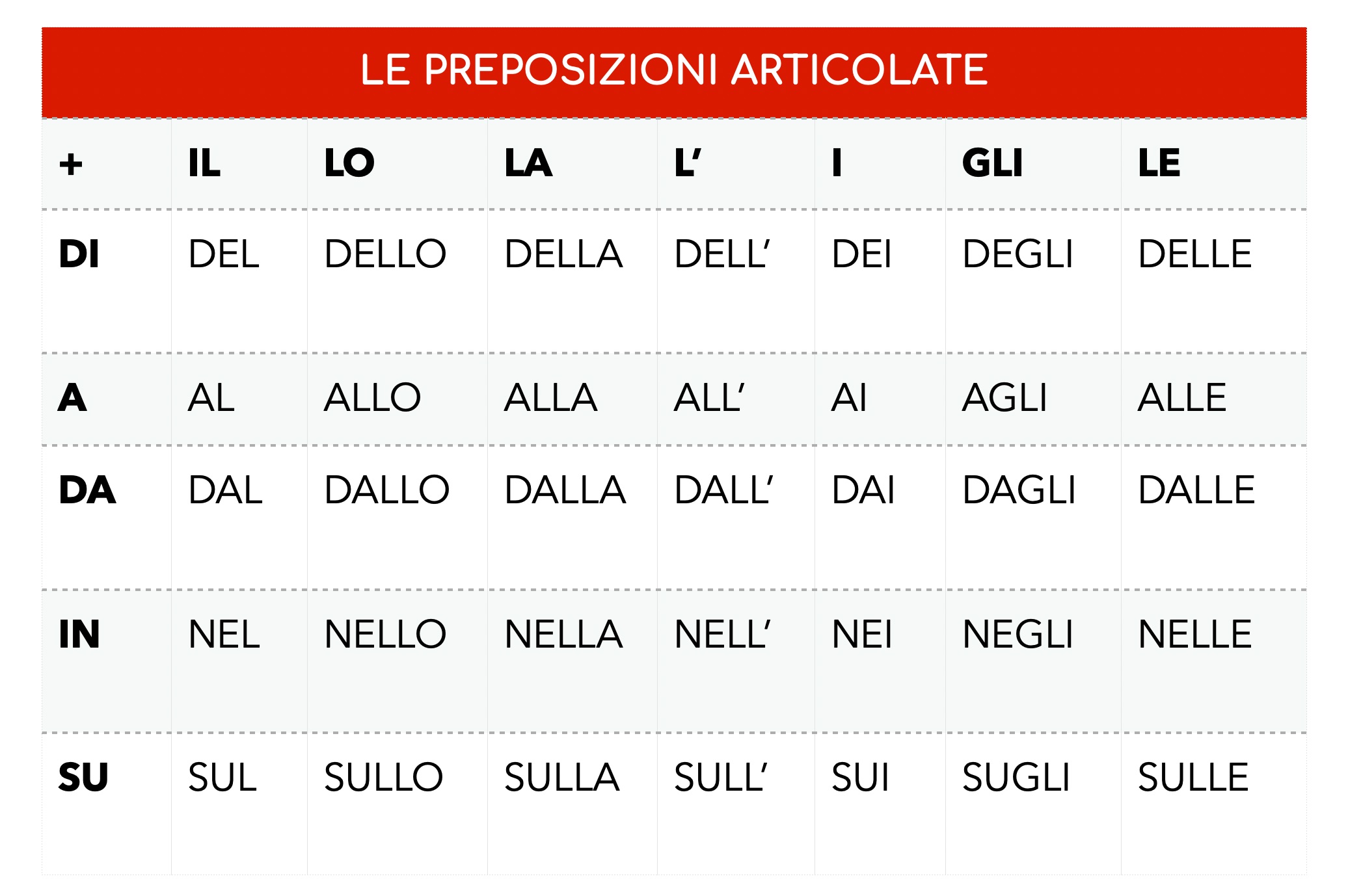
How to use prepositional contractions
Prepositional contractions have basically the same functions of simple prepositions, but there are a few differences that are worth mentioning. Since they are the contraction of a preposition and a definite article, prepositional contractions are generally used when the noun that follows is something specific. Compare:
- Entra in casa! Come in, come inside. Here we are inviting someone to come in, and this is a fixed expression, the focus is more on the action of entering the house than on a specific house.
- Entrarono nella casa di nascosto. They sneaked into the house. Here we’re focusing on the fact that someone sneaked into a specific house: la casa —> nella casa.
- Vado in vacanza in Francia. Here again, we are referring to France in general.
- Vado in vacanza nella Francia del sud. This is more specific, nella Francia del sud, in the South of France.
As a rule, we use simple prepositions before names, surnames and most names of places:
- Ho telefonato a Chiara. (although in some regions you may hear: Ho telefonato alla Chiara.)
- Un tributo a Maradona. (you may hear: la Meloni, but the article before a woman’s surname is now considered disrespectful)
- Vengo da Venezia e vado a Firenze.
- Vado in vacanza in Toscana.
As always, practice is key. Notice which prepositions follow specific verbs when you read something in Italian, and why not, try to write simple sentences with prepositions in the comments below!
Alla prossima 😉
Anna
Related video lessons:
- How to Use Italian Prepositions – Le preposizioni
- Definite Articles in Italian – Basic Rules
- How to Use Italian Prepositional Contractions – Le preposizioni articolate
- Let’s Practise Italian Prepositions! – Esercizi con le preposizioni

